It was a beautiful weekend full of love. We spent Saturday hosting the monthly Mr. Hamilton meeting at Rock Star Brokerage’s office. We then spent a weekend with our families celebrating Father’s Day.

Erwin, my husband, and his team shared their on the street knowledge about investing in Hamilton during the meeting. They spoke about the potential real estate investment products that would qualify to be invested within the Registered Retirement Saving Plans (RRSPs).
Coincidentally, the client I met asked me whether they should take out their RRSPs to purchase more properties, or if they should stick with investing in an RRSP.
This is actually one of the most common questions I get asked.
Unfortunately, as an accountant, I only have a piece of the answer for you, not everything.
Let’s use an example.
Say a real estate investor is earning $100,000 job income on an annual basis.
He has $80,000 RRSPs funds. He’s not happy with the return on the funds he invested in his RRSPs.
He’s debating whether he should withdraw the RRSPs to buy another property.

First of all, you need to know what kind of return you’re getting within your RRSPs. For majority of the investors I spoke to, they are often making negative return or close to zero percentage return.
Next, you need to recognize the “cost” of withdrawing your RRSPs, i.e. the tax impact of taking it out.
For someone who’s making $100K already, withdrawing $80K means an additional tax liability of roughly $36K in Ontario (45% of $80K).
When you make the withdrawal, the bank may do a tax withholding of 30% and you only get 70% of the funds. Keep in mind that this tax withholding may still not be sufficient to cover all your tax liability.
In our example, the real estate investor would owe 45%, while the bank would likely withhold only 30%. You are still required to come up with the money at the end of the year when we file the taxes to pay for the tax liability.
After withdrawal, you are net with $44K.
The questions you need to ask yourself would then be –
- If you don’t take the money out from your RRSP, what’s your expected return on investment for the full $80K?
- If you do take the money out from your RRSP, net with $44K after tax, what’s the expected return on investment for this $44K?
Would the return on $44K outside of RRSPs be greater than the return on $80K inside the RRSPs?
Since I was at the Mr Hamilton’s meeting and they have gone through a couple of real examples regarding how much some investors made in the past 5 years from their investments. I am going to use these real examples here.
This investor bought a property for $235K about 5 years ago in East Mountain area of Hamilton, a 3 bedrooms 2 bathrooms detached house currently rented out for $1,600 per month.
(The rent does sound low, BUT the rent has been increased by $100 every year since the investors purchased it.)
A similar house down the street has been sold for $340K recently.
Using 20% downpayment as the initial investment, capital gain alone on this investment would give the investor about 50% return on an annual basis.
If you have $44K and you can earn average 50% return for 5 years consecutively, you would have earned $110K on this $44K in five years. At the end of 5 years, you would have got $154K in total.
This has not taken into account the cash flow you receive on a monthly basis and the principal paydown of the mortgage. These two will also increase your return on investment.
In most cases, the reason why these real estate investors came to me is because they aren’t getting much return on their RRSPs investment.
Even with 3% compound return on an annual basis, with $80,000 initial investment, you will net about $93K inside your RRSPs at the end of the 5 year period.
So to answer the questions above –
- You will have a total of $93K inside your RRSPs plan assuming a 3% compound return if you don’t take out the money in your RRSPs.
- You will get a total of $154K at the end of 5 years if you were to take out the RRSPs assuming 50% return on investment. This has not taken into account the return from mortgage paydown and monthly cash flow.
That’s a pretty simple decision to make, isn’t it?
Of course, past performance on purchasing properties in Hamilton may not represent the future performance. No one can guarantee that you can actually make 50% return on an annual basis.
This also does not take into account the work that you would need to put in to purchase a property, set it up and get it ready for rental and all the late night phone calls about a clogged toilet and a flood.
For some veteran investors who know about the investment products available within your RRSPs that can earn better return than 3%, you may decide that you are just happy being a passive investor.
At this month’s Mr. Hamilton meeting, they also talked about several investment products that qualify for investment within your registered funds that can give you 10% or more return.
If you are able to get 10% return on your investment on an annual basis within your RRSPs for the same $80K, you will have about $129K at the end of the five year term.
For those people who don’t want to lift a hammer, maybe finding a 10% return product is what they should do!
Until next time, happy Canadian Real Estate Investing.
Cherry Chan, CPA, CA
Your Real Estate Accountant
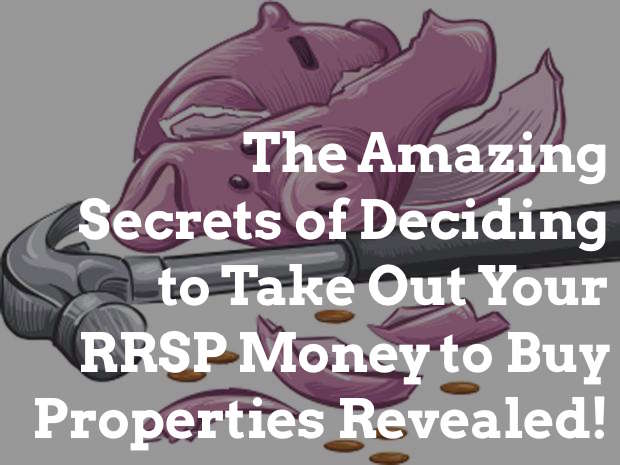
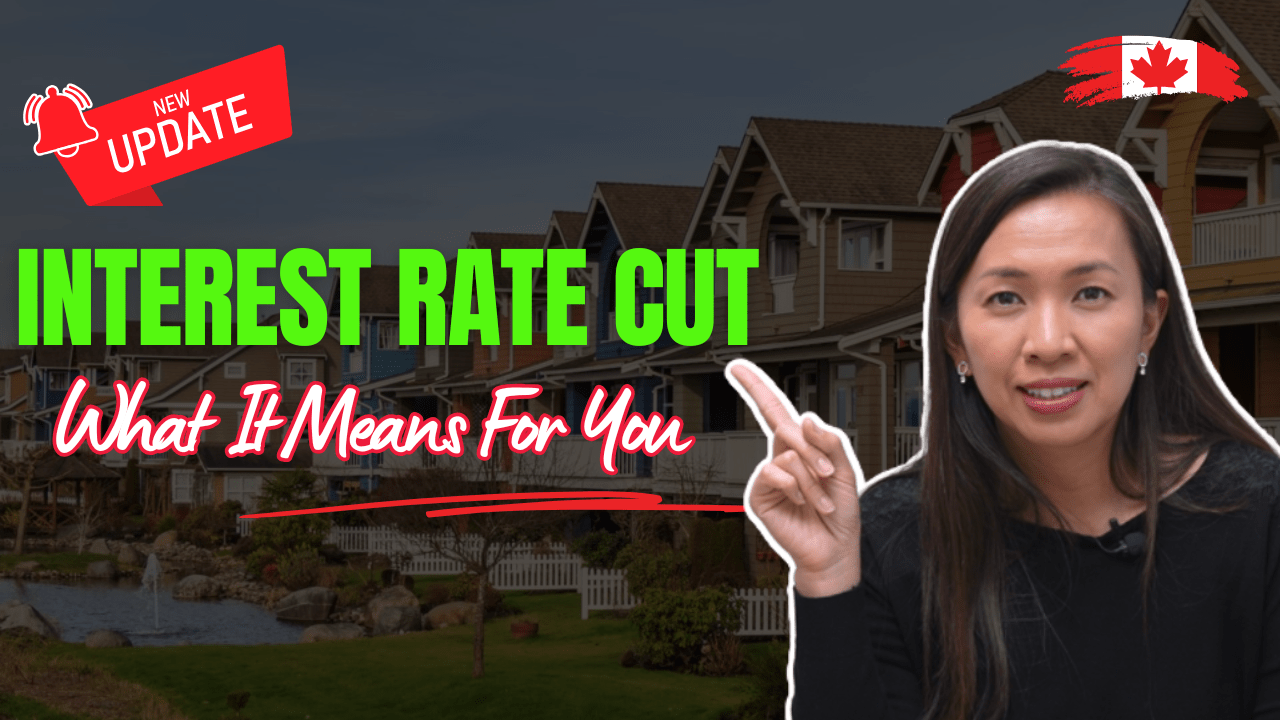

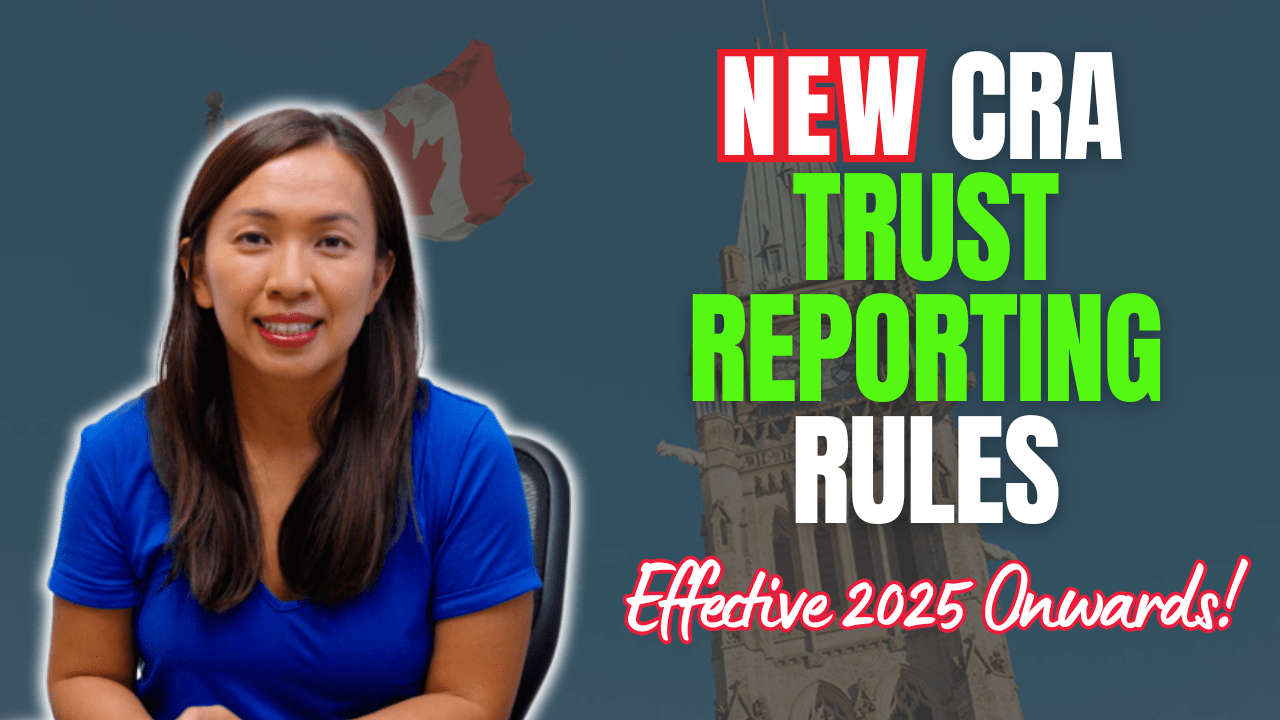
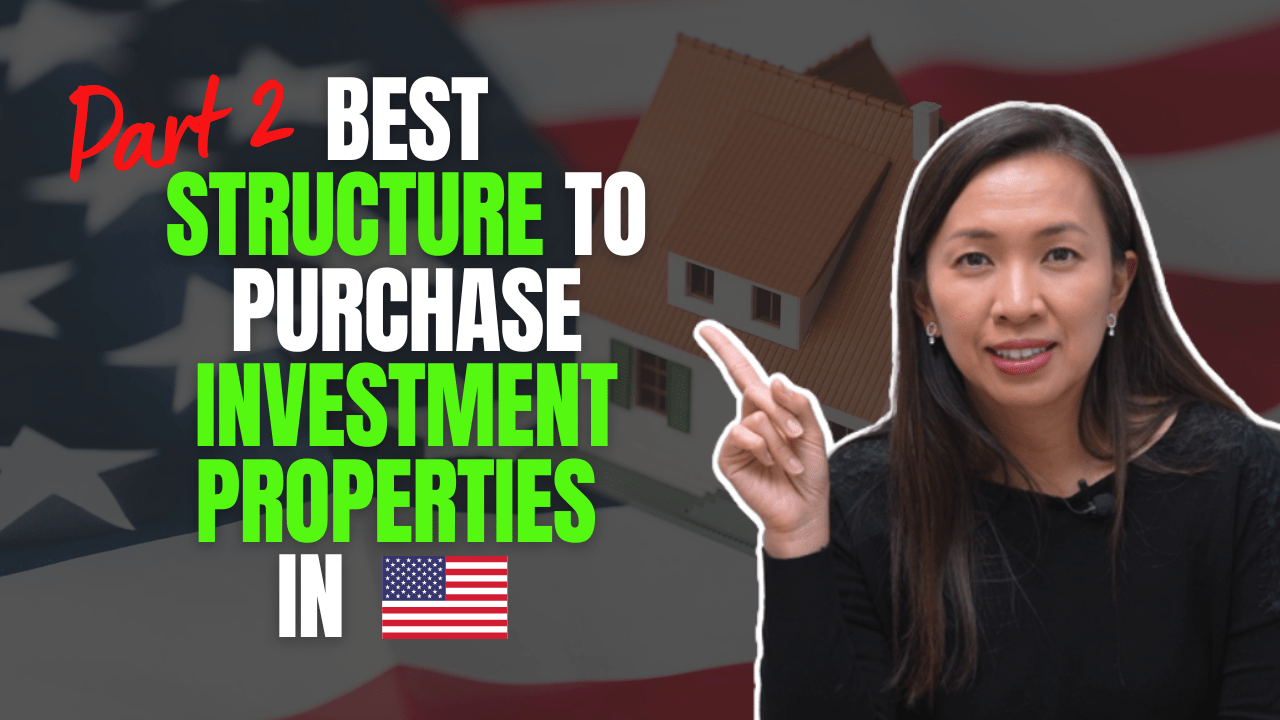
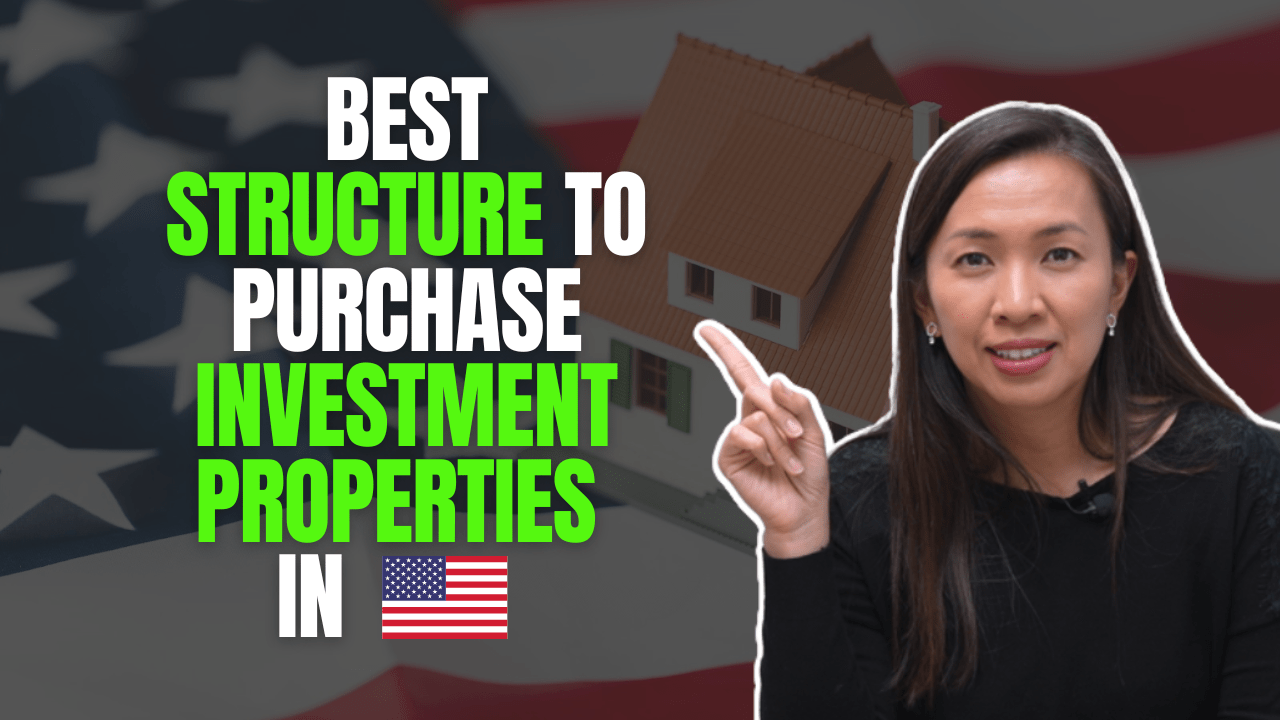
Taking RRSP Money Out Early to Invest - Ryan Lake Real Estate
[…] Cherry Chan, Chartered Accountant- Blog Post […]